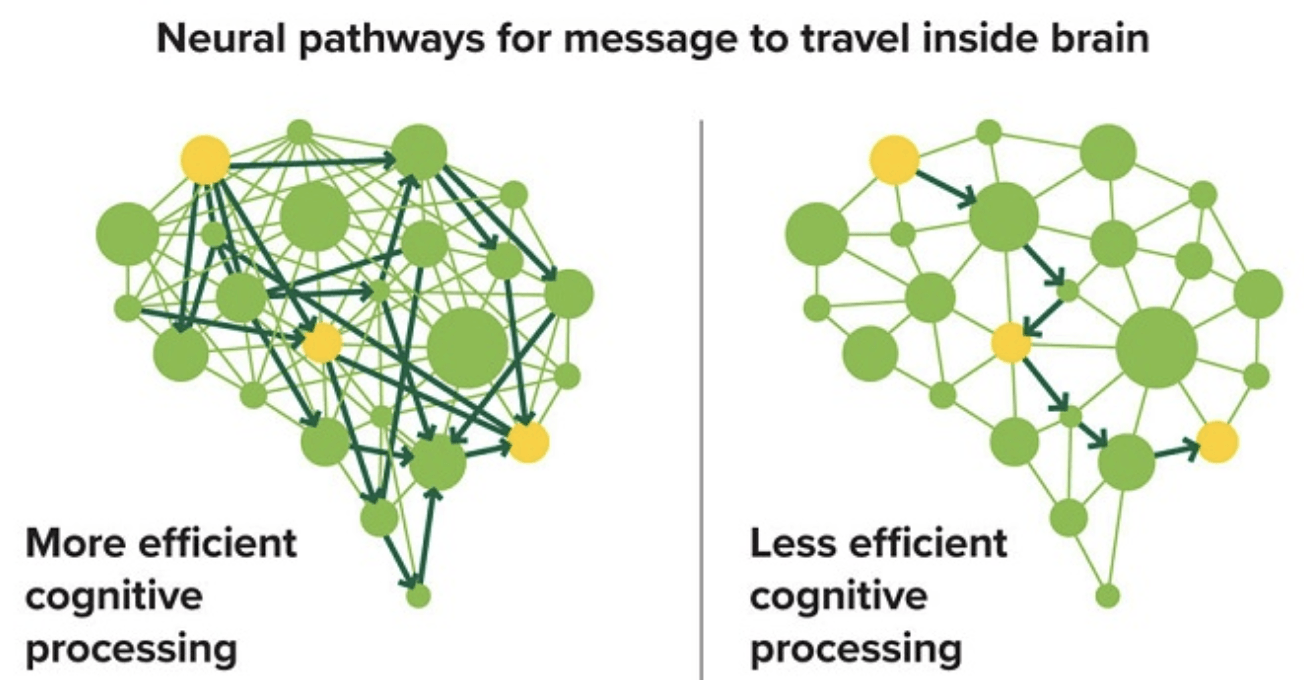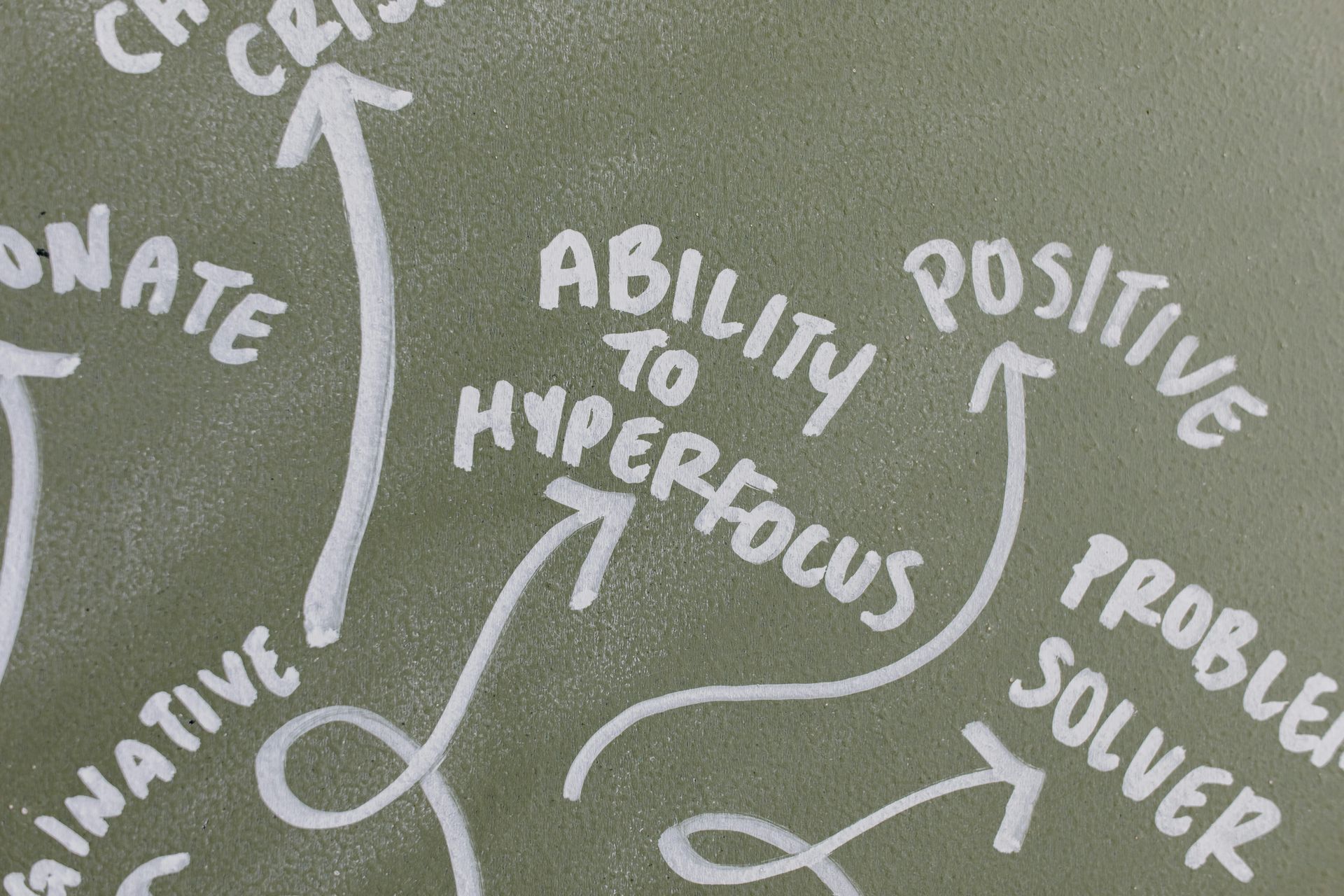Building Sharp Organizations
So what exactly does it mean to be sharp? Just like humans, organizations are also susceptible to developing dementia. Organizational effectiveness can drop to unhealthy levels as a result of restricted neural paths needed for communication, decision making, and maturity building.
Here are few examples and symptoms of restricted engagement paths:
As with the human brain, organizations run the risk of memory and intellectual decline when politics or poor culture propagate systemic problems. Organizational dementia is akin to lost connections and neurons. Lost neurons are synonymous with disengaged employees. The result is a dull and lifeless culture and an inefficient business.

Source: sharpbrains.com ; CreditUAB researcher David Vance
Personal enthusiasm of executives can sometimes make it hard to accept the possibility of a simultaneously dull organizational culture. If there are no protective rails outside individual skills and personal traits of managers, then even well-intentioned passion cannot prevent cognitive decline of the organization. As Richard P. Feynman said - “The first principle is that you must not fool yourself and you are the easiest person to fool”.
Solution
Consider the following guidelines for a lively and energetic culture:
- Create an echo system of transparent, unadulterated feedback flows, as opposed to bilateral conversations with “trusted” / “important” employees
- Reduce reliance on periodic surveys
- Prioritize the trait of being teachable as a key cultural driver for a healthy social contract
If you believe in transparency, you must believe employees can handle transparency. This means allowing spontaneous and reflective feedback at will. Radical transparency is the best method of implementing such a solution because it provides measurable and context-aware data points without the cost and bias of surveys.
Beware Of Fads
It is trendy to include a consideration for psychological safety when talking about employee engagement. You should proceed with caution to avoid suppressing the benefits of radical transparency. The word radical is arguably misleading. A better name for the concept is Systemic Honesty. Psychological safety is simply about being able to reflect on things without fear of reprisal. An effective mechanism for systemic honesty is humor. To paraphrase George Bernard Shaw, "If you want to tell people the truth, you’d better make them laugh..."
Implementing Change
Implementing radical transparency is fairly easy:
Step 1 - No change: It is already a common pattern for employees to have threads on Slack or Microsoft Teams where they bottom out important issues and complement the discussion via Giphy. The information flow is already in place - it is simply not being converted into systems thinking and reflective organizational learning.
Step 2 - Plug in a
Smart Transparency platform: Empower employees to convert conclusions on threads or watercooler discussions into measurable and context-aware reflections at any point of time; there is no need to wait for surveys.
Benefits
The three key benefits of a transparent organizational journal:
- Reflections are authentic because they are not processed by AI - context and impact are stamped by real people
- Cultivate and preserve humanized expression of feelings - team humor and culture are important to breed trust
- Visualizations of measurable data points enhance conversations and feed innovation
Authentic transparency reduces the need for escalations. It protects against organizational dementia by speeding up communications and short-circuiting reality reflection blockers. Improve people’s lives by reducing the need or effort of “proving the point”. Radical transparency gives data its own voice - you can think of it as an always-on Chief Reality Reflection Officer.
Embrace this real-time and measurable way of engagement to cultivate a fast thinking and adaptable team.




